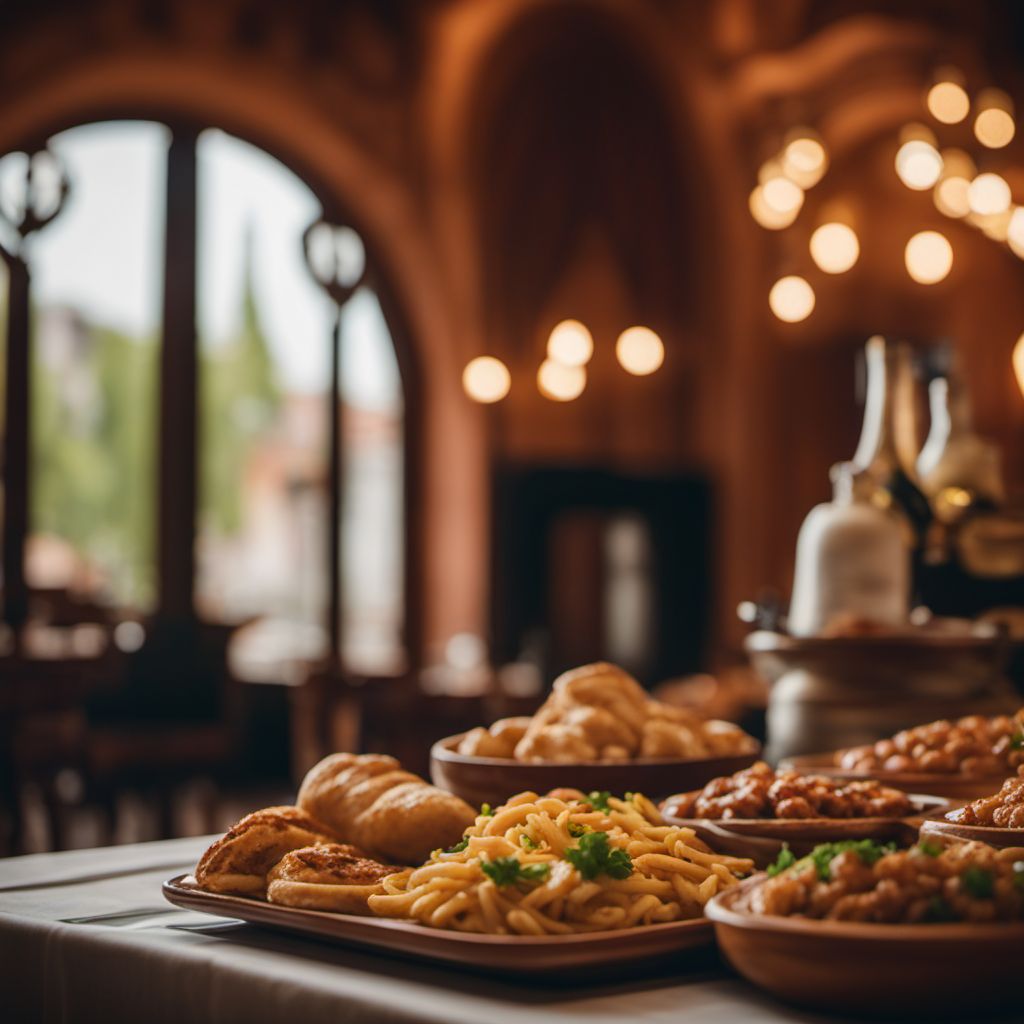
Cuisine
Moldovan cuisine
Moldovan cuisine is characterized by the use of fresh and seasonal ingredients, such as vegetables, fruits, grains, and meats. The dishes are often slow-cooked and spiced with herbs and spices. Some of the popular dishes include mamaliga (cornmeal porridge), sarmale (stuffed cabbage rolls), and placinte (savory pies).
Typical ingredients
Cornmeal, Cabbage, Pork, Beef, Chicken, Potatoes, Onions, Garlic, Tomatoes, Bell peppers, Eggplant, Sour cream, Cheese, Dill, Parsley, Paprika, Cumin
Presentation and garnishing
The dishes are often presented in a rustic and simple manner, with minimal garnishing. However, some dishes, such as placinte, may be decorated with intricate patterns.
Moldovan cuisine is also known for its wine, which is made from local grapes. The wine is an important part of the Moldovan culture, and is often served during meals and celebrations.
More cuisines from this region...
Russian cuisine, Ukrainian cuisine, Romanian cuisine, Bulgarian cuisine, Romani cuisine, Belarusian cuisine
History
Moldovan cuisine has been influenced by the neighboring countries, such as Romania, Russia, Turkey, and Ukraine. The cuisine has evolved over time, with new ingredients and cooking techniques being introduced. The traditional dishes have been passed down from generation to generation, and are an important part of the Moldovan culture.
Cultural significance
Food is an important part of the Moldovan culture, and is often served during celebrations and gatherings. The traditional dishes are a symbol of the Moldovan identity and heritage.
Health benefits and considerations
Moldovan cuisine is generally healthy, as it relies on fresh and seasonal ingredients. However, some dishes, such as mamaliga, may be high in calories and carbohydrates. It is important to consume these dishes in moderation.
Moldovan cuisine dishes

Momițe
Momitte
Momițe is a dish made from lamb or pork intestines.

Pârjoale
Parjoale
Pârjoale are Romanian meatballs made with ground pork and beef, onions, garlic, and spices. They are typically served with mashed potatoes and a side of pickles.

Rasol
Moldovan Beef Stew
Rasol is a traditional Romanian soup made with beef, vegetables, and sour cream. It is a hearty and flavorful dish that is perfect for cold winter days.
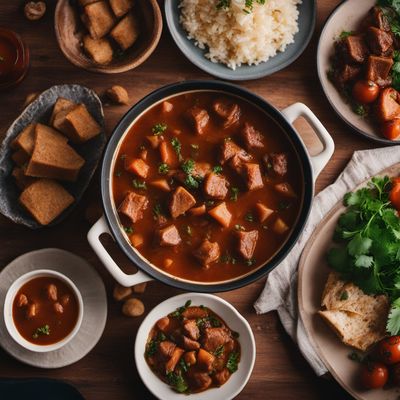
Tochitură
Moldovan Pork Stew
Tochitură is a traditional Romanian dish that is typically served for breakfast or brunch. It is a hearty and filling dish that is perfect for cold weather.
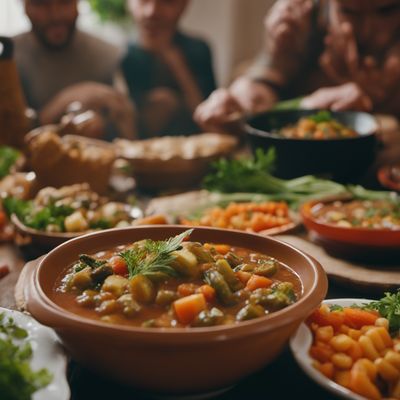
Tocană
Moldovan Vegetable Stew
Tocană is a traditional Romanian stew made with pork and vegetables. It is a hearty and flavorful dish that is perfect for cold winter nights.

Tochitură Moldovenească
Tochitură
Tochitură Moldovenească is a traditional Romanian dish that is hearty and flavorful. It is a stew made with pork, bacon, onions, and tomatoes, and is typically served with...
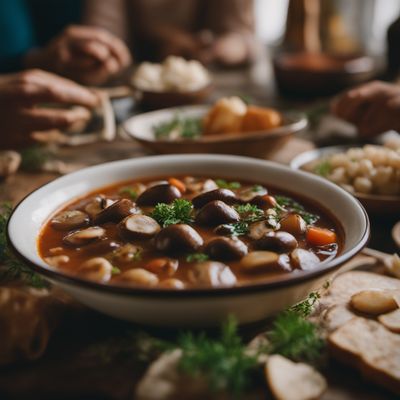
Tocană de ciuperci
Moldovan Mushroom Stew
Tocană de ciuperci is a traditional Romanian mushroom stew that is typically served for lunch or dinner. It is a hearty and flavorful dish that is perfect for vegetarians.
Moldovan cuisine recipes Browse all »
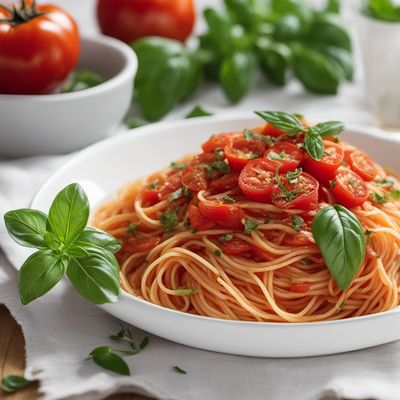
Moldovan-style Tomato and Herb Spaghetti
Sun-Kissed Spaghetti with Fresh Herbs: A Taste of Moldova
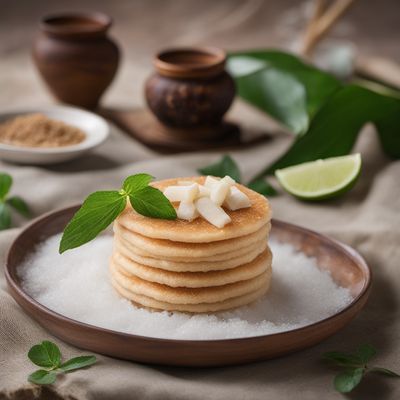
Moldovan-style Sweet Rice Cakes
Delicious Moldovan Rice Delights
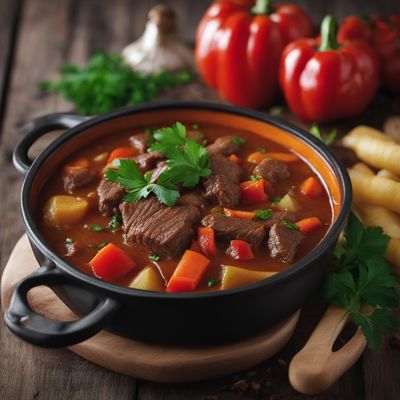
Moldovan Beef Stew with Vegetables
Savory Delight: Moldovan Beef Stew Infused with Vibrant Vegetables
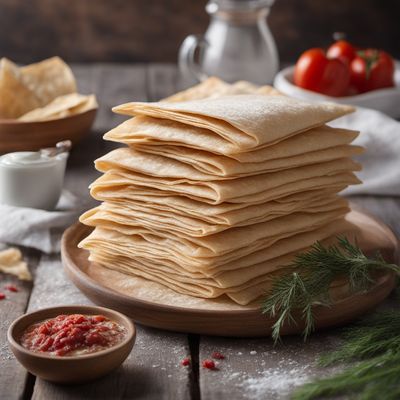
Moldovan Lavash with a Twist
Savory Moldovan Flatbread: A Delicious Twist on Lavash
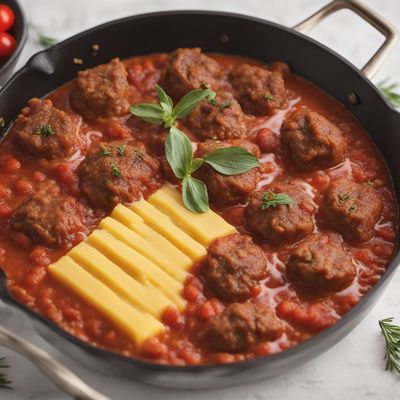
Momițe with Creamy Polenta
Savory Meatballs in Creamy Polenta Delight
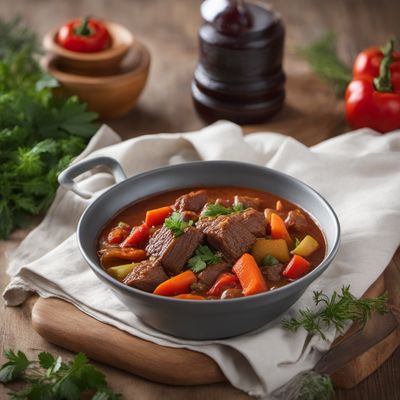
Moldovan Beef Stew with Vegetables
Hearty Moldovan Beef Stew: A Taste of Traditional Comfort
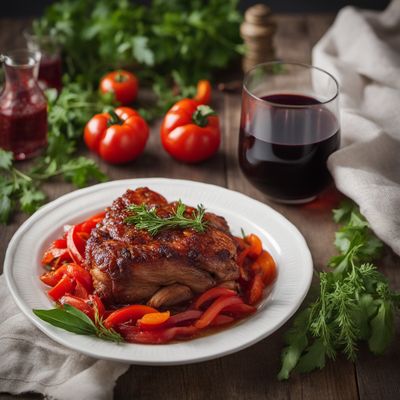
Tochitură Moldovenească
Savory Delight: Tochitură Moldovenească - A Taste of Moldovan Tradition
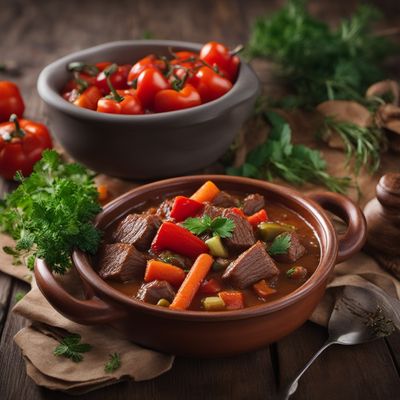
Moldovan Beef Stew with Vegetables
Hearty Moldovan Delight: Savory Beef Stew with a Vegetable Medley
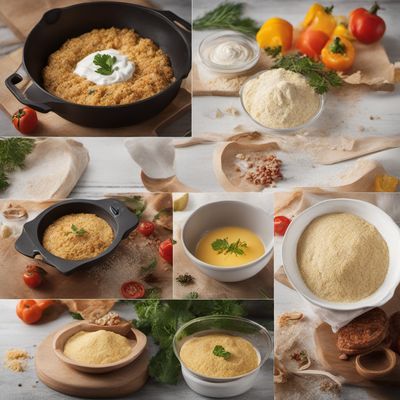
Moldovan Knupel - A Delicious Twist on a German Classic
Savory Moldovan Knupel: A Fusion of German and Moldovan Flavors
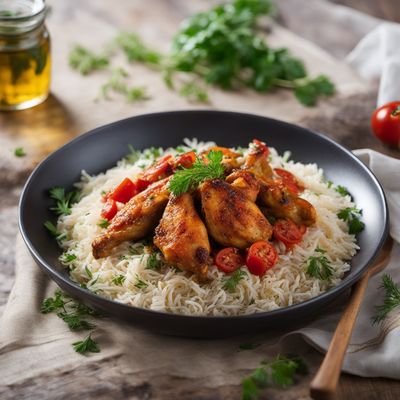
Malvani Chicken Moldovan Style
Savory Moldovan Chicken Delight

Moldovan Mushroom Stew
Savory Delight: Moldovan Mushroom Medley
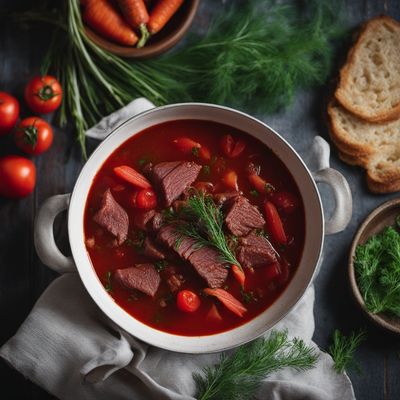
Moldovan-style Borscht with Beef
Hearty Beef Borscht: A Taste of Moldova